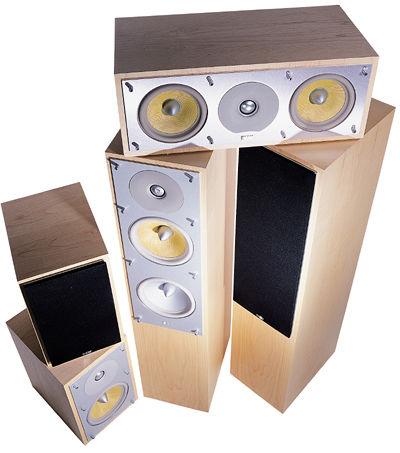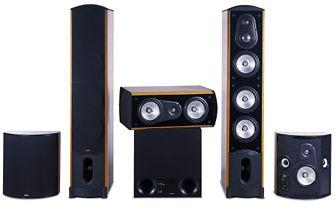Tower Speaker Reviews
Sort By: Post Date TitlePublish Date
|
Dec 28, 2002
|
Sep 30, 2002
|
Sep 09, 2002
|
Sep 02, 2002
|
Jul 21, 2002
|
Jul 12, 2002
|
Jun 24, 2002
|
Jun 11, 2002 |
First Published: Jun 12, 2002
|
May 03, 2002
|
Apr 09, 2002 |
First Published: Apr 10, 2002



















